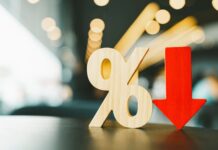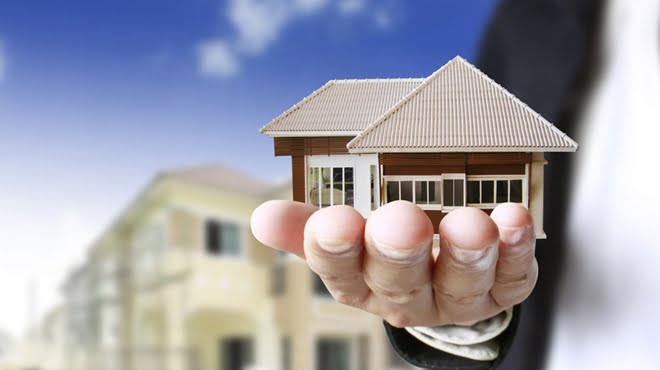The average approved bond for a house in South Africa has climbed 2.8% over the past year to R985,773, and stands at R777,010 for first time buyers.
This is according to bond originator Ooba, which said that second quarter statistics (Q2 2017) showed nominal positive growth year-on- year of 3.6% in the average house purchase price, to R1.2 million.
While encouraging to still see positive nominal growth in the current economic environment, the year-on-year property price growth remains below the current inflation rate of 5.1%, indicating negative real house price growth over the period, it said.
Rhys Dyer, CEO of Ooba, said: “While the property market nationally is suffering negative real price growth, there are marked differences in terms of regional growth rates across the country, with many areas in the Western Cape still showing significant real price growth.
“A symptom of SA’s ailing economic growth is the impact on consumer affordability, especially for first time home buyers looking to enter the residential property market.”
The fact that first-time buyers (FTB) are more sensitive to economic downturns is reflected in Ooba’s statistics. First time home buyer volumes have dropped from 52% of total applications in Q2 2016 to 47% of total applications in Q2 of 2017.
Further, the FTB average purchase price showed insignificant year-on- year growth of 2.9%, while quarter-on-quarter growth from Q1 2017 to Q2 2017 showed negative growth of -0.9%.
“The decline in the FTB market is worrying considering that for some time, the growth in the FTB average purchase price outstripped the total average purchase price, whilst applications from FTB’s consistently made up over half of all applications received by Ooba,” said Dyer.
Looking ahead, the bond originator said that the recent announcement from the Reserve Bank to drop interest rates by 0.25%, coupled with the decline in inflation rate, should see first time buyers returning to the market, given improved affordability.
On a more positive note, competition from banks for new home loan business remains strong, as evidenced by the higher approval rate in Q2 2017 of 72.7% as compared to Q2 2016, of 72.2%.
This coupled with an average interest rate of 0.34% in Q2 2017 compared to 0.47% in Q2 2016, is evidence of banks competing strongly for new home loans business.
“We are pleased to see some investor confidence creeping back into the property market as 7% of all applications received by Ooba in Q2 2017 were from investors, compared to 4.5% in Q2 2016,” said Dyer.
This appears to be in response to the increased demand for rental properties, he said.















